This year marks the 40th anniversary of the Golf GTi – the birth of an icon. From humble beginnings those three little letters would go on to change the face of motoring forever. So here’s a timely look back at how Volkswagen’s diminutive supermini pioneered the whole hot-hatch phenomenon…
The origins of the Golf GTI date back to 1972, when engineers working on the Beetle’s replacement, known as Project EA 337, began to ponder what would happen if they gave it a significant shot in the arm. Bear in mind, the prototype had been designed with particular attention to bodyshell rigidity and suspension geometry (with the Fiat 128 as its benchmark) so it already handled pretty well. Over a year before the Golf’s launch, engineers at VW embarked on a high performance programme, known as ‘Black Project’. It was all hush-hush, more of a workshop project, than an officially sanctioned exercise at the time.
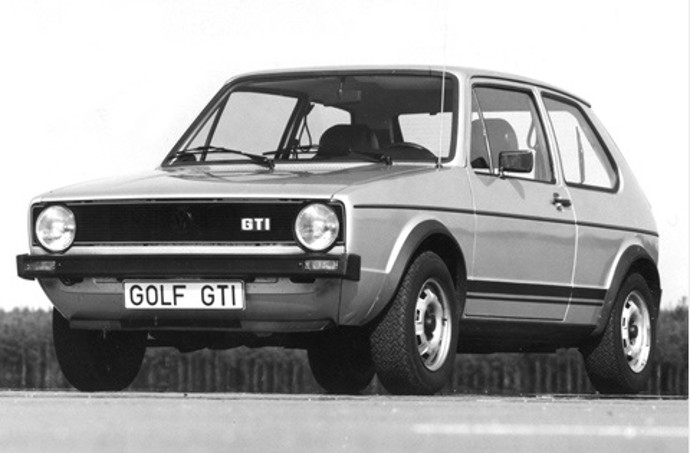
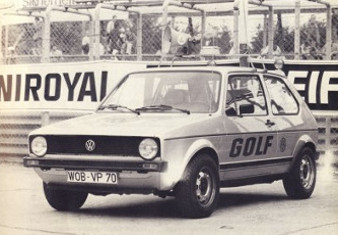
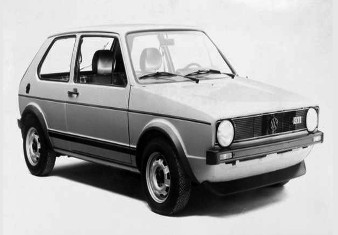
The concept of the rapid Golf quickly gained momentum and the 100bhp 1588cc engine was borrowed from the Audi 80GT, originally. At first it was kitted out with twin Solex carbs, but it soon became clear that fuel injection would deliver more power and efficiency. It continued to be worked on ‘after hours’ while the team convinced the powers that be to make the project a commercial venture.
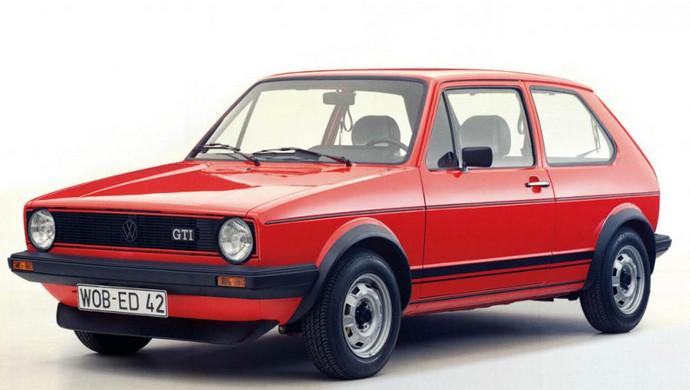
To cope with the extra power, a lower, stiffer suspension setup was developed and wider wheels and tyres were dialled into the equation to help grip, hence the wheelarch extensions. The discreet chin spoiler came later following some hair-raising front end lift during high speed testing.
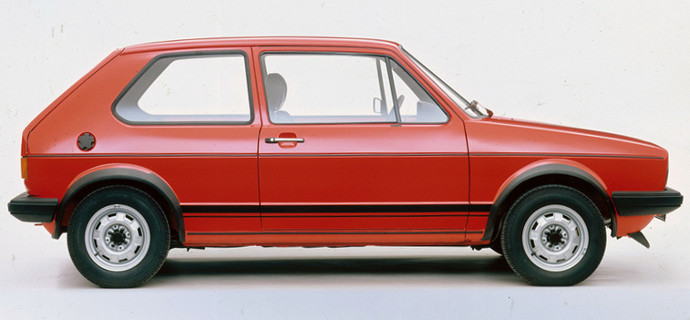
Only after the Golf’s 1974 launch was the sporty version finally presented to Volkswagen’s boss Professor Fiala, but even then the board took some convincing. Remember, back then the hatch idea itself was ground-breaking, so the prospect of one with a dose of salts added, was even more off the wall. Nevertheless, the still reluctant VW bosses finally gave the go ahead in May 1975, albeit only on a limited production basis. Initially, the plan was to produce just 5000 units – allowing it to qualify as a Group 1 Touring Car – by way of stimulating demand.
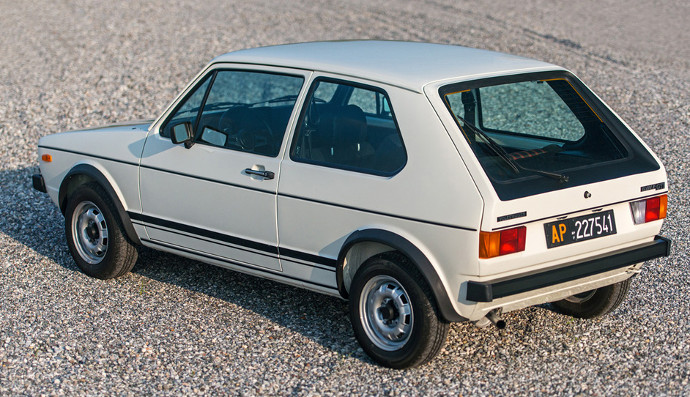
With a rush to get the car ready for the Frankfurt show that September, the marketing men joined the mix to add their magic. The red pinstripe on the grille was added so that other drivers would know this was a faster car and the iconic Golf ball gear selector was added as a bit of a joke initially but made it into production. It was given the nomenclature GTI, despite the fact that the German for ‘injection’ was einspritz.
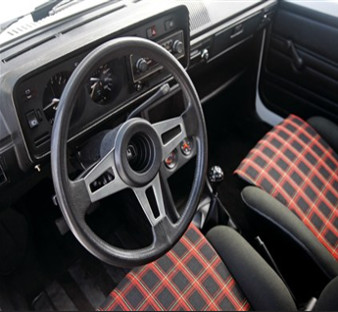
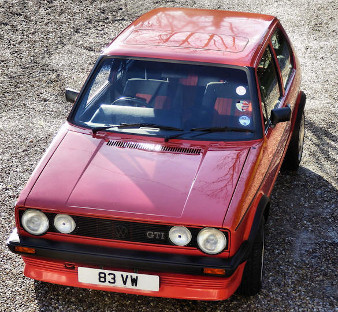
Fifteen prototypes were built and rigorously tested at various locations so by Frankfurt the GTI was well on its way to production, virtually unchanged from its original concept. However, it was only after journalists had climbed behind the wheel at the Hockenheim circuit in the summer of 1976 that the public’s ears were properly pricked with the car’s 110mph top speed, strong uprated brakes with ventilated discs up front and a bigger servo, doing much to impress even the most sceptical motoring pundits at the time.
The GTI eventually went on sale in October 1976, and within days, Volkswagen’s original run of 5000 had been pre-sold. Unbeknown to virtually every car manufacturer out there, everyone wanted a hot hatch. Due to the massive demand in mainland Europe, and a number of technical problems in converting the GTI to right-hand drive, customers in the UK could only buy it on special order in LHD until July 1979. That didn’t deter eager enthusiasts taking things into their own hands though; in 1977, 73 LHD GTIs were imported into the UK, a figure which had ballooned to over 1500 in 1979. Companies such as GTI Engineering in Silverstone got involved moving the steering wheel to the other side of the car, as well as offering all manner of aftermarket upgrades.
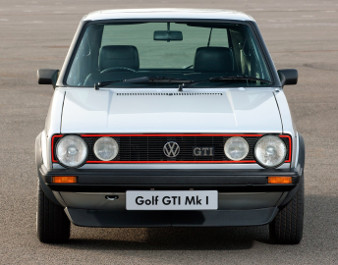
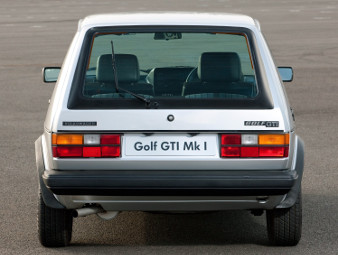
By the time RHD models came on stream in 1979, the GTI had already established itself as a ground breaker and class leader, with other manufacturers such as Ford rushing to develop their own rivals in the form of the XR3.
Like all the best cars, the Golf GTI evolved and improved over time. So much so, that the final 1.8-litre Campaign models are still revered as one of the best performance cars ever built. It was light, fast, fun and frugal – and best of all it was a Volkswagen which gave it an instant leg up in the kudos stakes.
The rest, as they say, is history…
Mk1 Evolution
1979: RHD Golf GTI launched, priced £5444. Alloy wheels an optional extra, four speed gearbox as standard. Coincides with the Golf facelift, which incorporates wraparound bumpers front and rear and improved instrumentation.
1980: Larger rear lamp clusters. Five speed gearbox and alloy wheels added as standard equipment. New instrumentation and striped interior added, as well as heating and ventilation upgrades added.
1981: Windscreen pillar air deflectors added.
1982: 1.8-litre version introduced to replace the former 1.6. Economy gauge and MFA added as a sign of the times
1983: GTI Campaign introduced featuring quad headlights, Pirelli P-Slot alloys, sunroof, tinted glass and metallic paint. A run-out model, but sold out very quickly indeed.
Ian
The opinions expressed here are the personal opinions of the author and do not necessarily represent the views and opinions of VW Heritage

